Caltrans’ long-awaited formal approval this week of its decision foregoing a tunnel to complete the SR-710 “gap” between Alhambra and Pasadena marks another milestone in the decades-long saga. But in addition to enabling the programming of $300 million in federal funds assigned for congestion management projects in the city and county of Los Angeles, the decision reopens the dispute over what to do with the two SR-710 highway “stubs.”
Caltrans District 7 Director John Bulinski on Aug. 6 signed the record of decision (ROD) for the SR-710 North Project—the final step in Caltrans’ lengthy environmental review of a proposed tunnel and other alternatives to close the 4.5-mile SR-710 gap.
The ROD documents Caltrans’ $140 million preferred alternative for the transportation system management/transportation demand-management (TSM/TDM) alternative as studied in the Nov. 26 Final Environmental Impact Report/Environmental Impact Statement (FEIR/EIS).
Caltrans confirmed approval of the ROD but did not provide a copy. However, the South Pasadenan News was able to obtain one, linked here. Release of the ROD starts the clock ticking for any party that wishes to challenge the ROD in court.
The LA County Metropolitan Transportation Authority, a “responsible agency” in the FEIR/EIS, told the South Pasadenan News the ROD “does not add any context” that is not already been discussed or disclosed in the FEIR/EIS. It said the ROD will allow for the programming and expenditure of $300 million in federal funds that were assigned to the City and County of LA’s projects. Now those funds will be programmed based on availability and cash flow.
A handful of organizations and individuals filed comments on the FEIS/EIR which Caltrans was obligated to respond to in the ROD. In separate letters, the South Pasadena Preservation Foundation, West Pasadena Residents’ Association and the National Trust for Historic Preservation all strongly urged Caltrans to include in the ROD language that would “unequivocally” preclude the re-emergence of a tunnel proposal.
Each group threatened litigation if the ROD did not state that: the tunnel was not certified for purposes of California law; any new tunnel proposal would be subject to new state and federal environmental reviews; Caltrans would support legislation to delete the 710 extension from the state’s highway code; Caltrans would return the existing 710 “stubs” to the respective cities; and that Caltrans would declare as surplus the 640 buildings it owns in the corridor.
Caltrans responded in the ROD by saying only the TSM/TDM alternative was certified. It acknowledged any effort it undertakes beside TSM/TDM would require “additional environmental review” (and it has previously said it “does not anticipate pursuing” any revival of the tunnel). It “acknowledged” the parties’ position on 710 legislation but did not itself take a position. Regarding the housing, it said that was addressed in its 2016 decisions establishing a three-phase plan to sell the structures.
As for the highway stubs, Caltrans said that was beyond the scope of the TSM/TDM. But in a Feb. 21, 2019 letter to the mayors of South Pasadena, Pasadena and Alhambra, Caltrans district director John Bulinski called the stubs “an essential element” of the current freeway system and of the TSM/TDM. He said any alteration to them “could trigger the need to recirculate the environmental document,” resulting in the selection of a different alternative. He also said the Federal Highway Administration expects the stubs to remain.
Sarah Gavit, 710 Lead for the West Pasadena Residents’ Association, told the South Pasadenan News WPRA is “very happy to have the EIR process complete. By choosing the TSM/TDM over the tunnel, we can finally move ahead with street improvements. We hope that Caltrans will now return the 210 and 710 ‘stubs’ to Pasadena and Los Angeles (El Sereno), so that street networks can be restored. This would not only improve traffic flow in the study area but would also restore economic vibrancy to these communities.”
Tunnel opponents are still waiting for the governor to sign two bills in the state legislature, SB 7 and AB 29, that are designed to put the final stakes through the heart of the 710 project by removing the segment from the state highway code and cleaning up details of the disposition of the Caltrans-owned housing.
According to the ROD, the TSM/TDM alternative would attain the purpose and need of the project “and would improve local traffic operations, mobility and accessibility and enhance modal choice while accommodating planned growth within the study area and minimizing environmental impacts. [It] would provide direct benefits for traffic circulation on local arterials and some benefits to the regional freeway and transit networks” resulting in improvements to signal optimization, transit service, bus service, bicycle facilities, local streets and intersections.
The document summarizes the reasons for its selection of the TSM/TDM, briefly reviews the alternatives considered and lists the measures it intends to take to “minimize harm” caused by the TSM/TDM projects (including the proposed 110/Fair Oaks hook ramp) on a long list of resources. It also commits to the development of a number of plans, surveys and monitoring enforcement programs as they pertain to various resources.



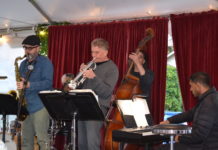


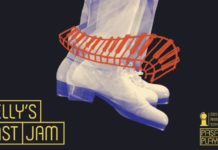

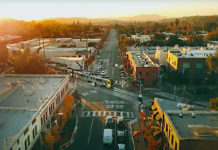

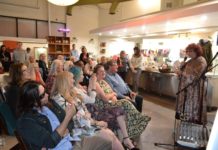



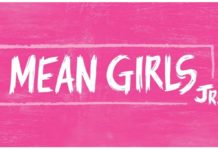




.png)







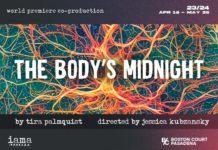
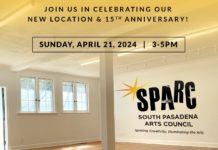
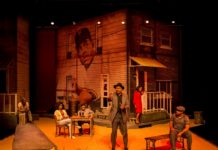


please keep updated on the progress of the 710 freeway project, this has been going on since i was in grammar school in So Pas. With all the building in town the streets are over crowed and in need of repair, we can’t continue to live in the past. The town is not the same.